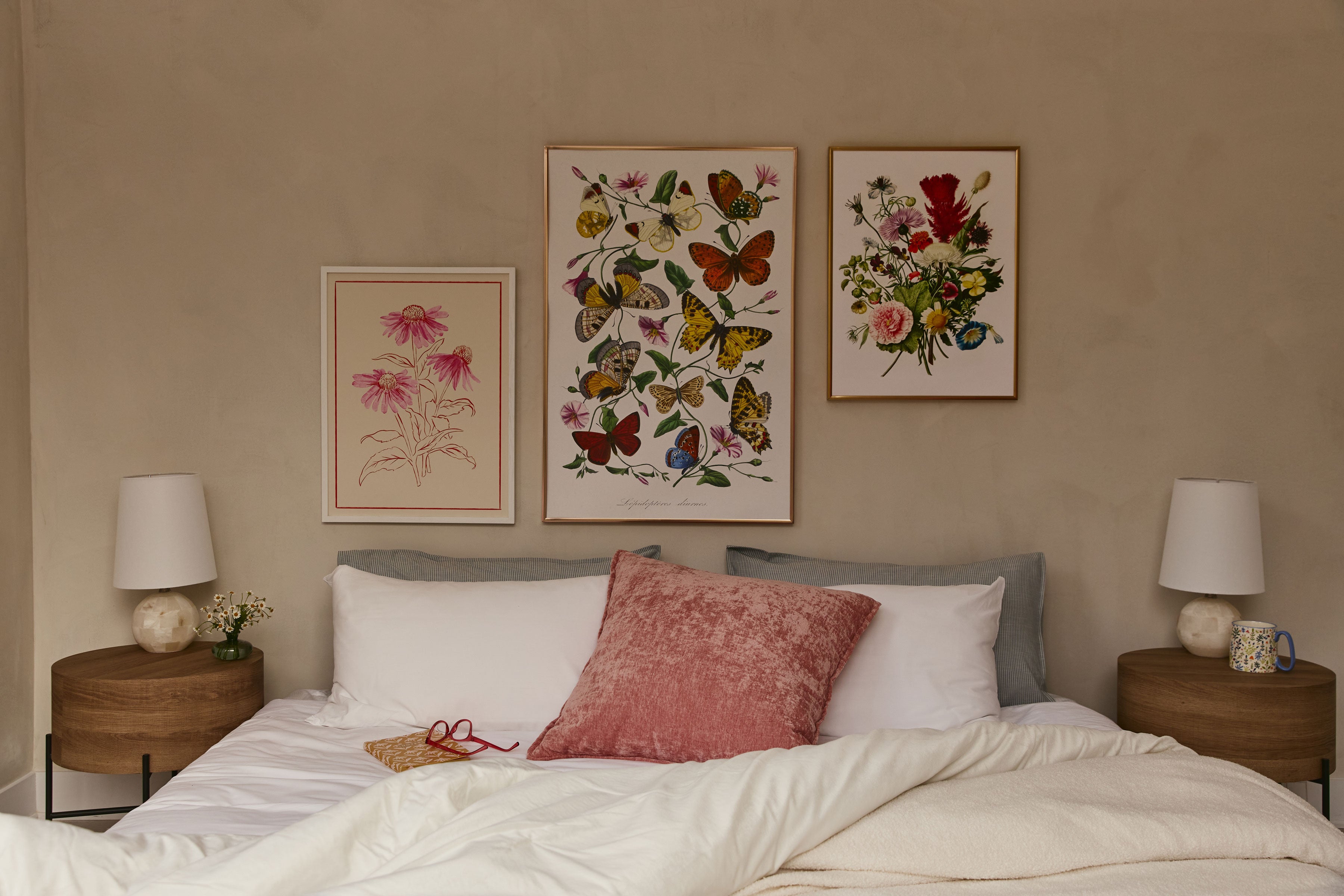7 design tips for the ultimate creative reset

It happens to the best of us. We look around our space, and all we can think is: blah. It’s time for a refresh! But you might be surprised to learn it goes much deeper than design.
Even as early as the 1950s, theorists like environmental psychologist Roger Barker demonstrated that when it comes to predicting human behaviour, physical context matters more than an individual’s internal world. To perform at its best, most insightful, calmest, happiest and most creative, your mind needs a space that inspires it. The good news is, there are science-backed ways to achieve that.
Here are 7 easy ways to tweak your space for a feel-good creative reset.

1. Enjoy the view
We may spend most of our time looking at screens a few inches from our face, but the human eye was designed to gaze. If you happen to have an incredible view from your home, you’re in luck: studies show that people recovering from an injury heal much more quickly when they have access to views of pastoral landscapes. But do you know what’s cool? Art that displays nature is nearly as effective. The point is to take some time, look up and in the distance, and take in a beautiful vista, whether it’s in a frame or out the window.

2. Bring nature indoors
You heard it here: you have even more excuses to adopt plants. Access to beautiful natural spaces supports longevity in the elderly and fortifies emotional regulation and attentional control in the young, so it’s clear Mother Nature is a must in our everyday lives. And if you live in the city and have limited access to green spaces, indoor plants will do! From reducing stress to improving air quality, they are an official pathway to happiness.

3. Choose the right colours
Colour psychology is a real thing, so when you’re looking to revamp your space to amp up creativity, make sure your colour palette will create the biological and psychological effects you need. Though it varies culturally and with personal taste, rich colours such as orange (associated with vitality and energy), yellow (cheerfulness and hope), purple (opulence) and green (freshness) can be a good place to start. Whether in your wall colours, art prints or frames (did you know we have a range of coloured frames?), choose one main colour family and add pops of contrast.

4. Emphasize natural light
Natural light doesn’t just brighten up rooms — it has a profound impact on our well-being, mood and even creative productivity. If you have large windows, choose drapes or blinds that are light and make the most of them. If you don’t, hang mirrors in your space to make the most of the light you have, and create focal points on side tables and in shelving with pretty table lamps, ideally with soft white light bulbs.

5. Create a sense of height
Height is grand, expansive, even awe-inspiring in the case of some spaces, and it’s got proven effects: children perform better on IQ tests taken in rooms with high ceilings. Most of us don’t live in spaces that have 18-foot ceilings, however, so to emulate a sense of height, use tricks like hanging your drapes much higher than the top on your windows — near the ceiling, in fact. It draws the eye up and gives the illusion of height, and that’s enough to trick the mind.

6. Choose your angles
Studies have shown how directly the shape of buildings affects the body: built spaces that have lots of sharp angles will stimulate people’s sympathetic nervous system (the impulses that put your body on high alert), while curved contours stimulate the parasympathetic system (which communicates messages of relaxation). Since you’re looking to amp up creativity, which requires a calm, comfortable mind, design your space with rounded, curvaceous forms, from vases to sculptures to the shapes in your art.

7. Create tableaux
Just like in a work setting, where studies have shown that brief diversions from a task can dramatically improve one’s ability to focus on that task for prolonged periods, interior design that’s too purpose-focused can also benefit from the contrast of nooks that are just there to be beautiful. In other words, if you’ve designed your space for ultimate efficiency, sometimes it might be too inorganic. Pick two or three spots in your space to create a tableau, a little arrangement of your favourite things, whether it’s a gallery wall, a trifecta of cool objects or a well-decorated shelf.


